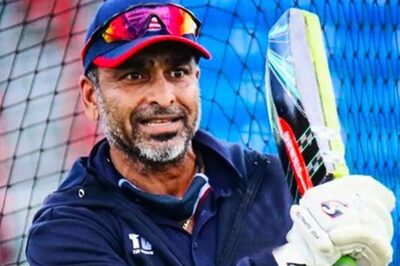
views
BANGALORE: Dancers constantly attempt to present something new — with their subject or presentation — and in the process challenge and evolve the form. Danseuse Savitha Sastry, who was in the city recently to perform Soul Cages, shares with City Express her love for the art. Savitha, who started learning Bharathanatyam at the age of six, said that dance slowly took precedence over everything else in life. She credits all great dancers, whose performances were by itself learning experiences, for the change in her. “As I was raised in Mumbai, I grabbed the opportunity to watch most performances of well-known artistes in Shanmugananda Sabha. I watched performances meticulously and tried to imbibe them in my dance.”Her formal gurus, Mahalingam Pillai, Padmashri Laxman and Padmabhushan Dhananjayan, meanwhile taught her the technique and the form. Discipline and clarity — of thought and style — were two lessons she imbibed from her gurus. “When looking at the technical side, one requires mastery over the form, dedication and single-mindedness. This art form calls for lot of time and effort.” With time, her thoughts began to be reflected in her performance. Her performances allowed her to explore the connection with her audience. Ask her about the pre-conceived ideas attached to South Indian dance forms, and she replies, “Audience sometimes look forward for an English introduction or fail to connect with the story as they do not understand the traditional mythological stories. A medium has to be developed through dance.”One such effort is her new production, Soul Cages. The story revolves around the cycles of life and death, where a young girl is carried away by angels to heaven. The young girl successfully wins the heart of the King of Death.” Audience need know the background of classical dance forms to understand this performance,” she says. But, with such performances, does she not move away from the traditional format? She laughs away the question and says, “Though there are set boundaries, there is vast scope for one to explore within these boundaries in terms of its aesthetics. The art form is immensely beautiful.” However, she does acknowledge the evolution of dance forms as they are increasingly presented to a global audience. “When the dance form is presented to the global audience, we have to break the barriers of religion and language. Today, when we speak about change, it is nothing but going back to the olden days and imbibing the essence of it.”But, she looks at the changing profile of the audience as a challenge and says it is easier to connect to the audience in South Indian states. But, recently a performance in Delhi saw “90 per cent of the audience craving for more.” She had earlier presented a piece Margam, which was well-received in Bangalore. “Audience here accept the new methods adopted in Bharatanatyam,” she says.



















Comments
0 comment